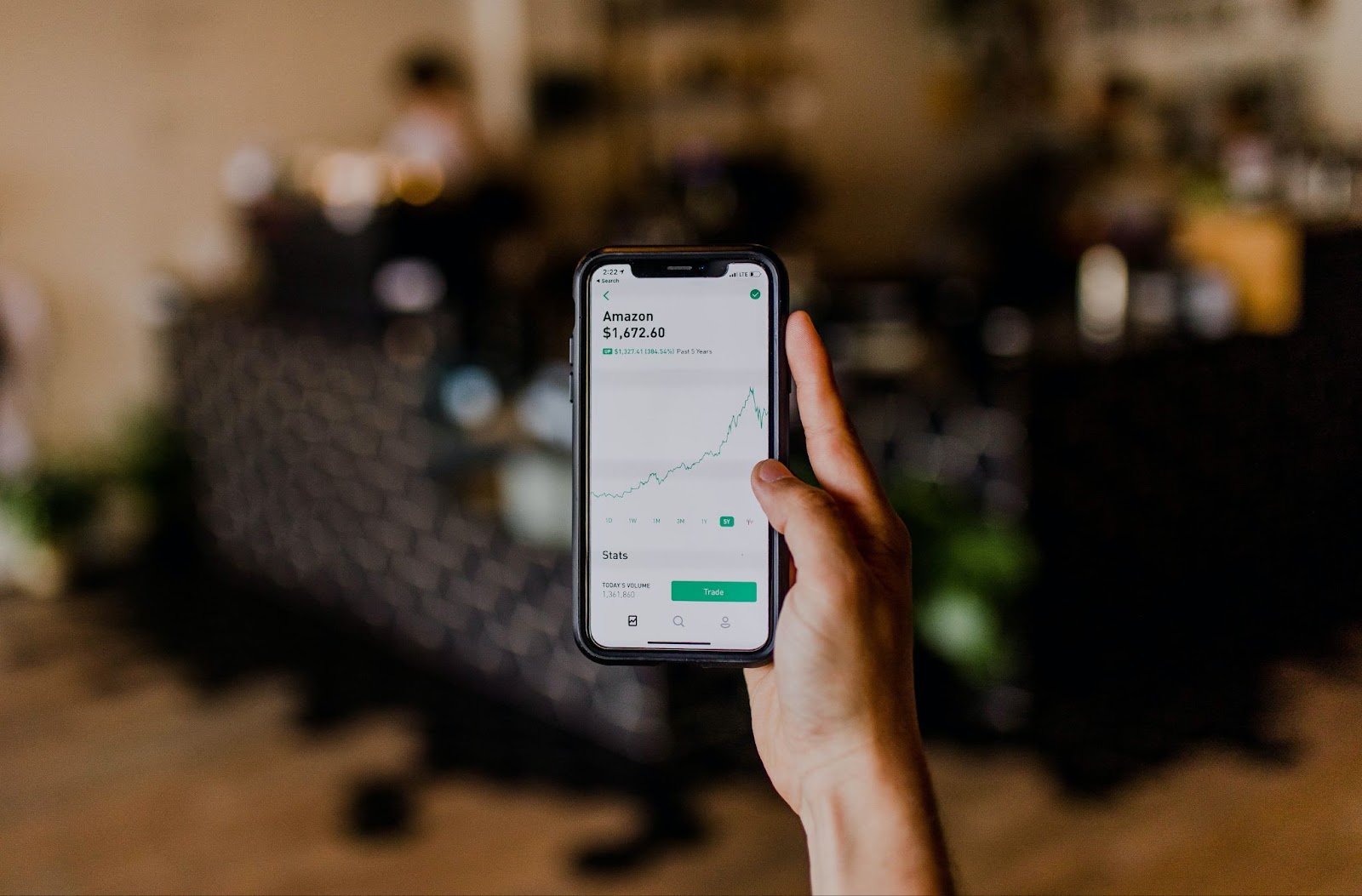
Backtesting trading strategies is a critical step for financial experts, investors, and trading specialists. By examining historical data and simulating trades, one can evaluate the viability and effectiveness of a trading strategy before committing real capital. In this comprehensive guide, we will delve into the process of backtesting and provide valuable insights for professionals seeking to optimize their trading performance. Whether you’re a seasoned trader or a novice investor, understanding how to backtest trading strategies is crucial in identifying the best forex trading strategies for long-term success.
Understanding Backtesting: A Foundation for Success
What is Backtesting?
Backtesting is a systematic approach to evaluating trading strategies using historical data. It involves simulating trades and analyzing performance to gain insights into potential risks and profitability.
Importance of Backtesting
Backtesting allows traders to assess the viability of their strategies, identify weaknesses, and refine their approach. It provides invaluable insights into potential risks, helping professionals make informed decisions based on historical evidence.
Steps to Backtest Trading Strategies
Define Your Trading Strategy
Before commencing the backtesting process, it’s crucial to clearly define the trading strategy you want to evaluate. This includes setting entry and exit criteria, determining risk parameters, and selecting relevant indicators.
Selecting Historical Data
To ensure accurate backtesting, obtain high-quality historical data that covers the desired time period and includes all necessary variables. Reliable data sources, such as reputable financial platforms, are essential for accurate analysis.
Choosing the Right Backtesting Software
Utilizing backtesting software simplifies the process and enhances accuracy. Consider features like data importation, customization options, and performance metrics when selecting the most suitable software for your needs.
Setting Up Backtesting Parameters
Configure the backtesting software to reflect your strategy’s specific parameters, such as initial capital, position sizing, and transaction costs. This step ensures that the backtesting results accurately reflect real-world trading conditions.
Executing the Backtest
Run the backtest using the selected historical data and evaluate the performance of your trading strategy. Analyze key metrics, such as profit and loss, win rate, risk-to-reward ratio, and drawdowns, to gain a comprehensive understanding of strategy effectiveness.
Analyzing and Refining the Results
Assessing Performance Metrics
Thoroughly analyze performance metrics generated by the backtesting software. Look for consistent profitability, a high win rate, and a favorable risk-to-reward ratio. These factors indicate the potential effectiveness of the trading strategy.
Identifying Weaknesses and Improvements
Identify areas of weakness or underperformance in your strategy. This can include refining entry and exit rules, adjusting risk parameters, or exploring alternative indicators. Iteratively refine the strategy based on insights gained from the backtesting results.
Out-of-Sample Testing
To validate the robustness of your strategy, perform out-of-sample testing using data that was not part of the initial backtesting. This step helps ensure that the strategy’s performance holds up in different market conditions.
Consideration of Market Conditions
Acknowledge that market conditions evolve over time. A strategy that performs well in one market environment may not necessarily be effective in another. Regularly monitor and adapt your strategy to align with changing market dynamics.
Incorporating Risk Management
The Vital Role of Risk Management
Emphasize the importance of risk management in the backtesting process. A robust risk management plan ensures capital preservation and helps traders navigate adverse market conditions.
Implementing Risk Mitigation Measures
Integrate risk mitigation measures, such as position sizing techniques and stop-loss orders, into your backtesting process. By incorporating these measures, you can assess the impact of risk management strategies on the overall performance of your trading strategy.
Evaluating Drawdowns and Risk-to-Reward Ratio
Analyze the drawdowns experienced during the backtesting period. Drawdowns indicate the maximum decline in capital and help assess the strategy’s risk tolerance. Additionally, consider the risk-to-reward ratio, which measures the potential profit compared to the potential loss in each trade.
Adjusting Risk Parameters
If the backtesting results reveal excessive drawdowns or unfavorable risk-to-reward ratios, it may be necessary to adjust risk parameters. This could involve reducing position sizes, tightening stop-loss levels, or revising profit targets to align with acceptable risk levels.
Realizing the Best Forex Trading Strategies
Optimization vs. Overfitting
Striking the balance between optimizing a trading strategy and avoiding overfitting is crucial. Overfitting occurs when a strategy is excessively tailored to historical data, leading to poor performance in real-time trading. Optimize your strategy within reasonable bounds to avoid falling into this trap.
Backtesting Multiple Strategies
To identify the best forex trading strategy, it is beneficial to backtest multiple strategies simultaneously. This allows for a comparative analysis of their performance metrics and assists in identifying the strategy that exhibits the most favorable results.
Considering Market Conditions and Limitations
Recognize that no trading strategy is universally applicable to all market conditions. Consider the limitations of your strategy and identify the specific market conditions in which it performs best. This will help you optimize its implementation and potentially adapt or develop additional strategies for different market scenarios.
Combining Backtesting with Forward Testing
The Power of Forward Testing
Forward testing, also known as paper trading or demo trading, involves implementing the trading strategy in real-time but with simulated trades. It provides an opportunity to validate the strategy’s performance in current market conditions before committing real capital.
Transitioning from Backtesting to Forward Testing
Once a trading strategy demonstrates consistent performance and risk management measures have been refined through backtesting, it is advisable to transition to forward testing. Monitor the strategy’s performance in real-time and make adjustments as necessary.
Conclusion
The process of evaluating trading strategies through backtesting is an integral move for finance professionals, investors, and trading experts in pinpointing the most effective forex trading methods for sustained success. By diligently adhering to the instructions detailed in this manual, industry professionals can assess the practicality and efficiency of their approaches, fine-tune risk control procedures, and adjust to the dynamic market trends.
Remember, backtesting is a continuous process that requires constant evaluation and refinement. With a disciplined approach to backtesting, professionals can increase their chances of achieving consistent profitability and navigate the dynamic world of trading with confidence.
